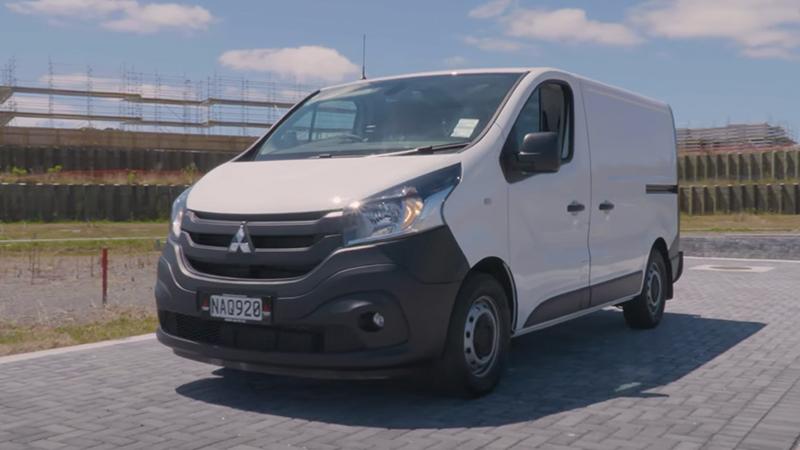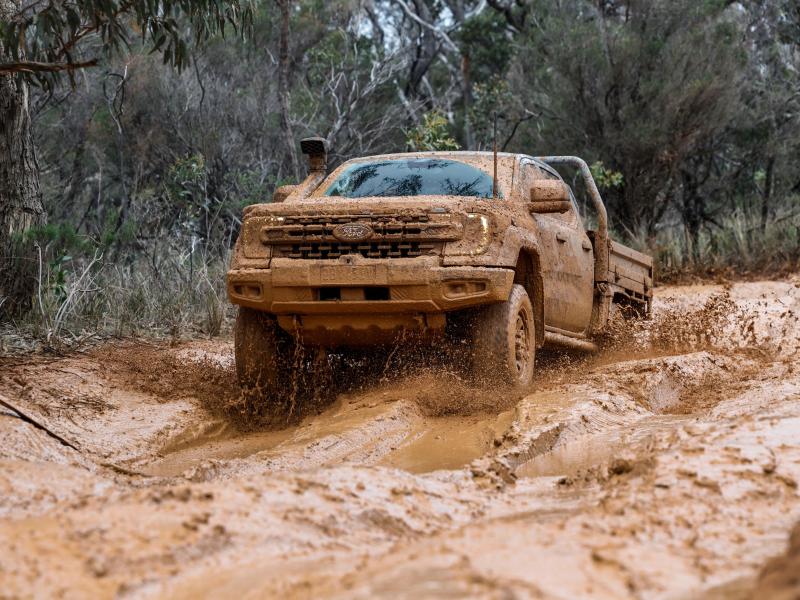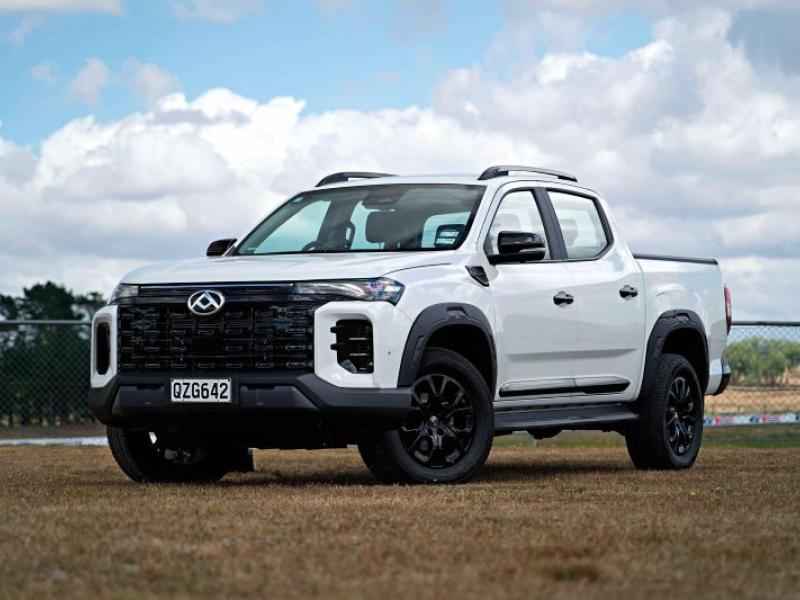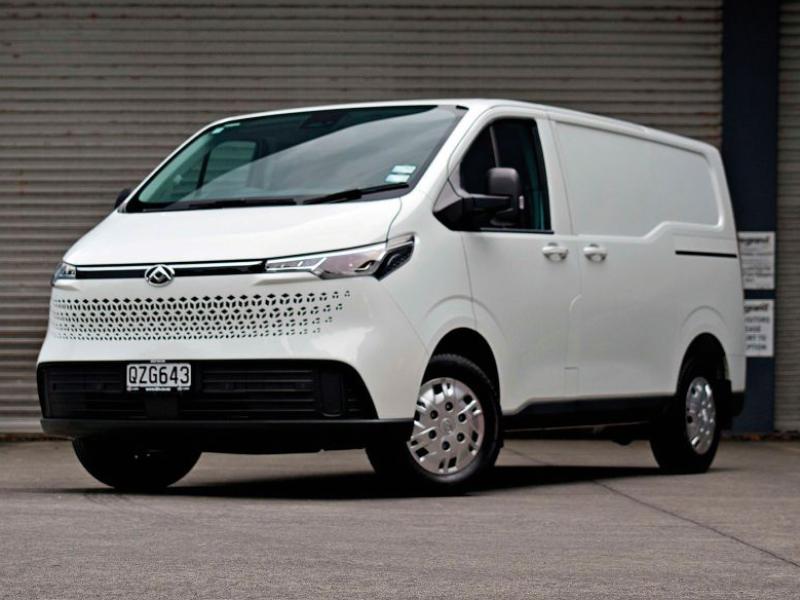Mitsubishi’s L300 stood the test of time and at one point, was the go-to van for many New Zealand tradespeople. Can the Mitsubishi Express reprise the role?
Just after the Mitsubishi Express landed here, it caused more than a ripple in new van registrations and on a purely subjective note, was making its presence felt in the Auckland metropolitan region, turning up here, there and everywhere.
Given its kinship with the Renault Trafic, the Express certainly appeared to be doing the business.
Some could have been forgiven for thinking the French might as well pack up their baguettes and go home, since the Triple Diamond equivalent was able to flex so much Mitsubishi muscle as to eclipse its French kissing cousin by three to one.
The Express was unwisely perhaps, pitted against safety watchdog ANCAP, which had just announced its intentions to safety rate vans.
We know however, that ANCAP commercial vehicle results are not the be all and end all, especially in this country, as Mitsubishi has proven before with the success of the L300.
There are still a huge number of businesses requiring a van for whom the safety rating is vastly overshadowed by affordable whole-of-life cost analysis, ease of servicing and general practicality.
And there are a lot of businesses/tradies/couriers out there looking more at these categories.
The real damage has been done with the Express not having advanced driver assistance systems, but in this, Mitsubishi is hardly alone. Besides…
The Express does have five airbags as standard complement and it has active traction control, ABS brakes, electronic stability program and electronic brakeforce distribution, along with rear parking sensors and a reversing camera.
It has Bluetooth functionality and cruise control with a speed limiter as well as a trailer stability assist system and hill start assist.
It also has a bonnet for frontal impact compliance, and it has a factory-fitted bulkhead to separate cabin and cargo area.
So, there is quite a bit of safety kit onboard this van, which is not unpleasant to drive and has some winning points, not least of which is a very achievable 7.3 litres per 100km fuel consumption figure from its two-litre turbo diesel in the long or short wheelbase models or 6.2 litres per 100 from the 1.6 twin turbo in the short wheelbase, this with a slick six-speed manual.
The more in-demand automatics are also six-speed dual clutch units paired to the two-litre engines.
At the business end, the Express offer 5.2m2 or 6.0m3 for the short and long wheelbases respectively, accessed via rear barn doors and dual side sliders for convenience. Long loads can be accommodated by the service flap in the bulkhead, which is intelligently two stage and allows for lengths of up to 3750mm in the short and 4150mm in the long.
The front cabin with its recent update to a seven-inch Smartphone link display audio system integrating satellite navigation, Android Auto and Apple CarPlay functionality, also comes with an ‘’administration companion’’.
The centre seat folds down to accommodate a laptop or tablet and removable clipboard for office assistance on the go.
As a daily driver, the Express is more than comfortable. It would be good to see some grab handles for ease of getting in and out, but once you’re in, the cabin is a pleasant enough place to spend the working day.
The Express is not as ‘Mitsubishi’ as we have come to expect, but its design has proven popular and indeed, award-winning in Europe, where this class of van is hotly contested.
Specifications:
BODY TYPE
6 door Van
DRIVE
6-speed auto
ENGINE TYPE
4-cylinder, turbo diesel
ENGINE CAPACITY
1997cc
MAX POWER
125kW
MAX TORQUE
380Nm
L/100KM (COMBINED)
7.3
CO2 EMISSIONS
191g/km
LOAD VOLUME
6.0m3
PAYLOAD
1110kg
PRICE
$45,990






